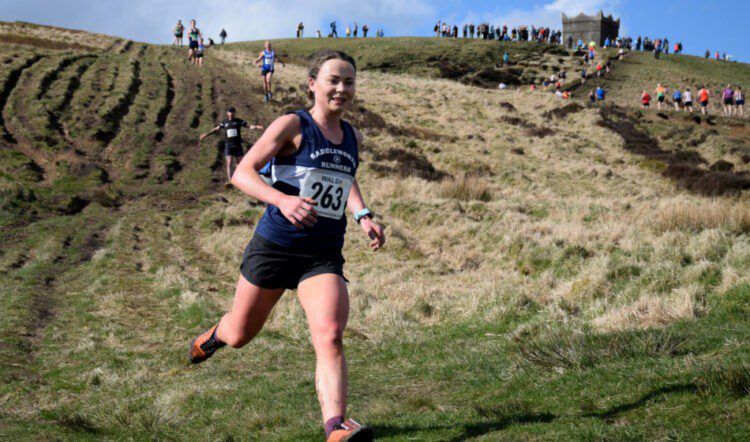That wild mountain beauty is often lashed by savage mountain weather; or it may be sunk in impenetrable cloud. The remoteness means that you can’t just give up; the cloud means that, if you keep going, it may not be in the right direction. And the long descents, far from offering relief from the gruelling climbs, inflict their own special torture on quads and joints.
Over time, the multi-layered ordeal can reduce you to a shivering, bruised, exhausted husk of your stronger self – and you realise in your cold bones that fells can be frightening places. That’s how it was for me, at any rate, back in the early 1990s. I ended that first day with a fierce certainty: that I would never attempt this stupid, reckless, miserable sport again.

Yet somehow, in a matter of weeks, I was persuaded back for one more try, and within a few months I had learned enough about fell running to have fallen hopelessly in love with it. My conversion had many catalysts, starting with the discovery that, if I managed my pace to match my abilities, the pains of the fells were more survivable than my appalled southern sensibilities had at first assumed. Proper fell runners, I learnt, simply shrugged them off.
Then I noticed that the sheer range and depth of the hardships to be endured was part of the appeal. At worst, it felt great when it was over. At best, there was a profound satisfaction to be had from not being broken by these challenges and, sometimes, rising to them.
But it was fell running�.
















